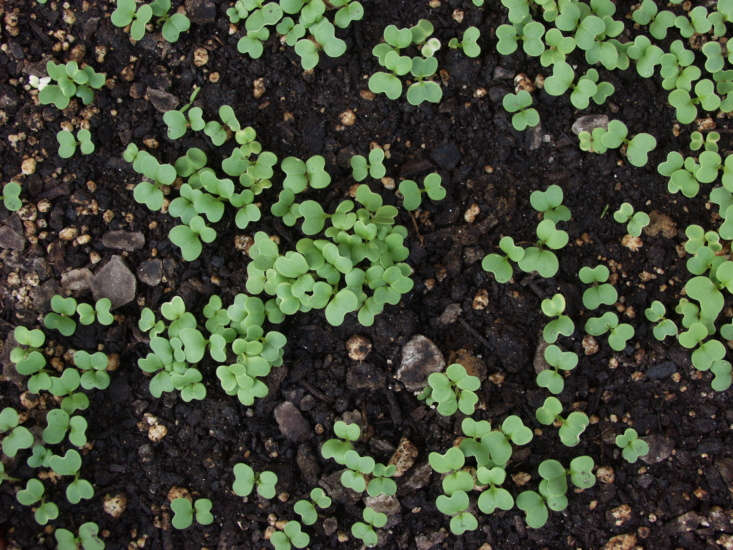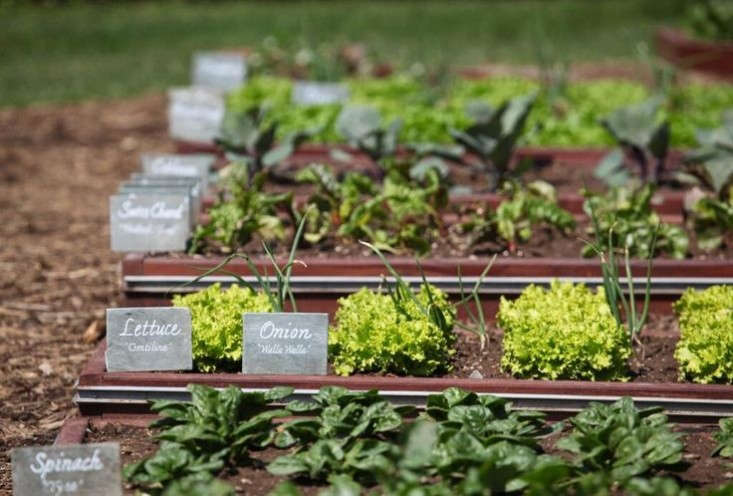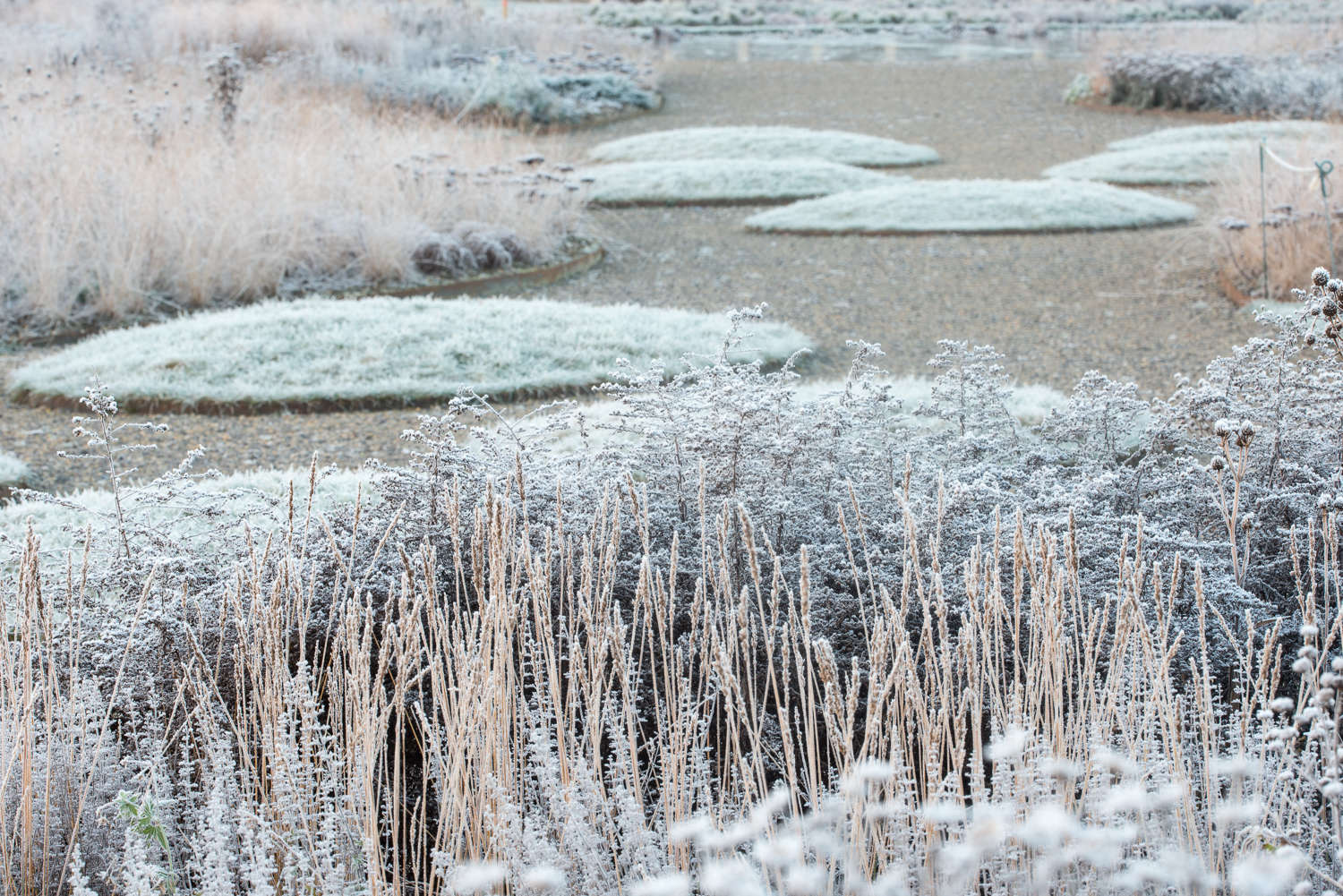It’s never too early to think about what to plant in your vegetable garden. The seed catalogs came in early January and by March, the seeds you ordered, have arrived. What can be planted in early spring? And when exactly can you start digging?
March and April are the months to plant cool-weather vegetables. It’s important to note: when to plant is not a hard and fast date on the calendar, but rather a suggestion that takes into account what Mother Nature is currently doing in your area. You need to keep an eye out for frosts and signs that your soil is ready.
What does “last frost date” mean?

The last frost date is traditionally the date when the threat of a hard frost has passed. However, nature is unpredictable and frosts, light, hard, and killing, have happened after that date. You can find your last frost date and your hardiness zone by visiting the USDA website.
How can you tell if your soil is ready for planting?

Once the snow is gone and the ground is no longer frozen, you can plant as soon as the soil can be worked. This phrase can confuse new gardeners. It means the soil can not be too wet. Working wet soil destroys the soil structure and causes compaction. Compacted soil is bad for plants because the roots cannot access nutrients and oxygen. Luckily there is a very simple test to see if the soil is ready to be worked. Pick up a handful of soil and squeeze it. If water drips out, it’s too wet. If nothing drips out, open your hand and poke at it. If it breaks apart easily, it’s ready to be worked. If it stays a clump, then it may need a few more weeks to dry out. Clay soils take longer to dry out. Sandy soils dry out faster.
What vegetables can be planted in early spring?

In early spring, four to six weeks before the average last frost, you can direct-sow hardy crops. They are plants that can tolerate a heavy frost, lows around 28 degrees Fahrenheit. Some examples are peas, radishes, turnips, cabbages, kale, spinach, collards, broccoli, cauliflower, Brussel sprouts, and beets to name a few. These seedlings can survive a hard frost.

At two to four weeks before your average last frost, you can plant a second round of the cold tolerant plants listed above for succession planting for continued harvest. In addition, you can plant lettuces, Swiss chard, carrots, cilantro, and parsley. These seedlings can survive a light frost.
What should you do about new plantings when an unexpected frost is predicted?

While the plants are cold-tolerant, they can still be harmed or stunted if it gets too cold. You may need to take action when the temperature is between 28 and 32 degrees Fahrenheit and lasts five hours or more. First thing you should do is water your garden. A watered garden is a warm garden. The moisture holds the heat and can raise the ambient temperature several degrees. For the upper end of the temperature range, you can get floating row covers and plastic sheeting and place them above the garden like a tent. It can capture the heat and the humidity from the day, and release it during the night.
At the lower range, there’s a bit more work involved. In addition to some type of covering, you may want to consider placing plastic gallon jugs filled with water around your plants. They take in the sun’s heat during the day and release it over the course of the night.
When is it too cold for even the most cold-tolerant seedings?

Temperatures that dip below 28 degrees Fahrenheit is a killing frost. But keep in mind, even then, you may not need to worry too much. You may have a microclimate, a protected area, that will help keep the temperature from going too low.
Gardening is always a risk because the weather is unpredictable. However, the ability to grow your own food (true garden-to-table) outweighs the risks. It’s also a very good reason to buy extra seeds as insurance against the cold.
For more on growing vegetables in cold weather, see:
- The Garden Decoder: What Is a ‘Cool-Season Crop’?
- Hardscaping 101: Cold Frames
- 10 Easy Pieces: Plant Blankets









Have a Question or Comment About This Post?
Join the conversation